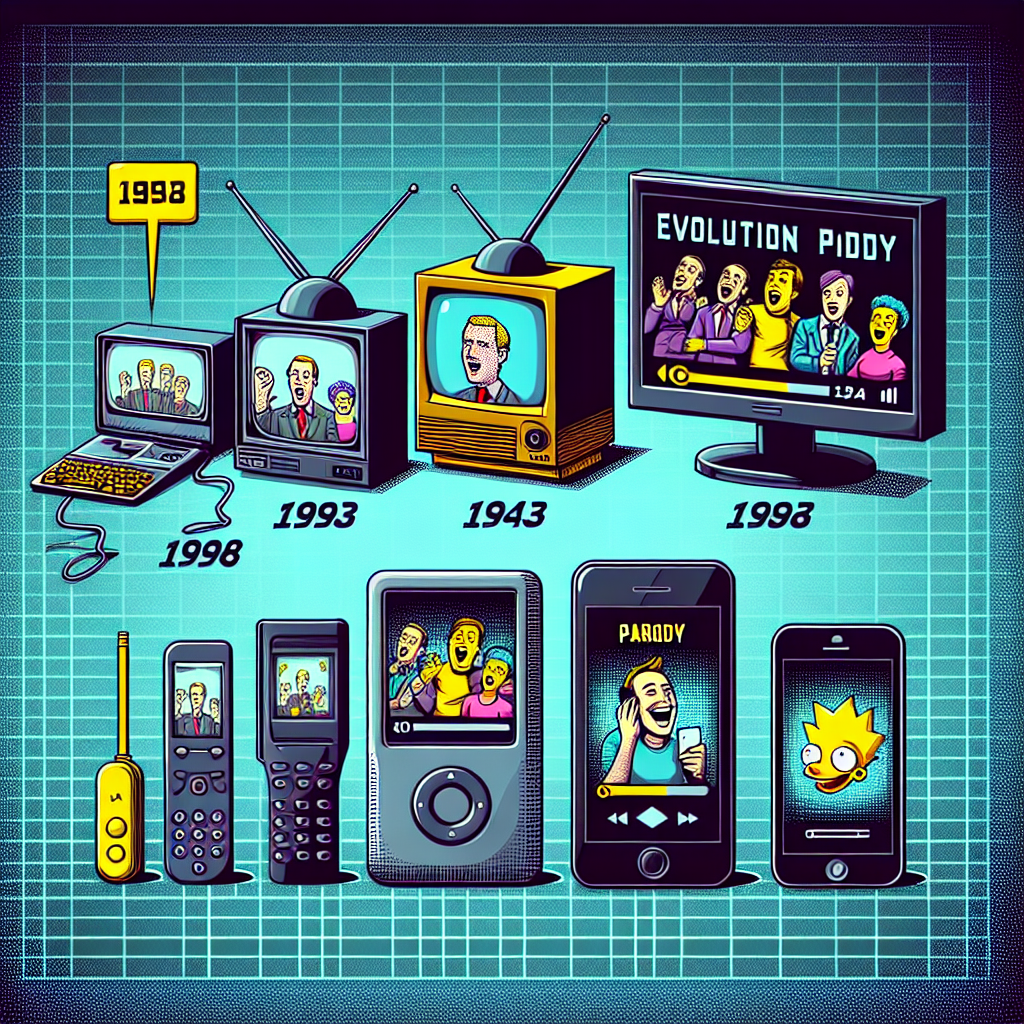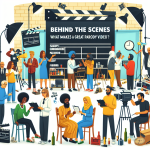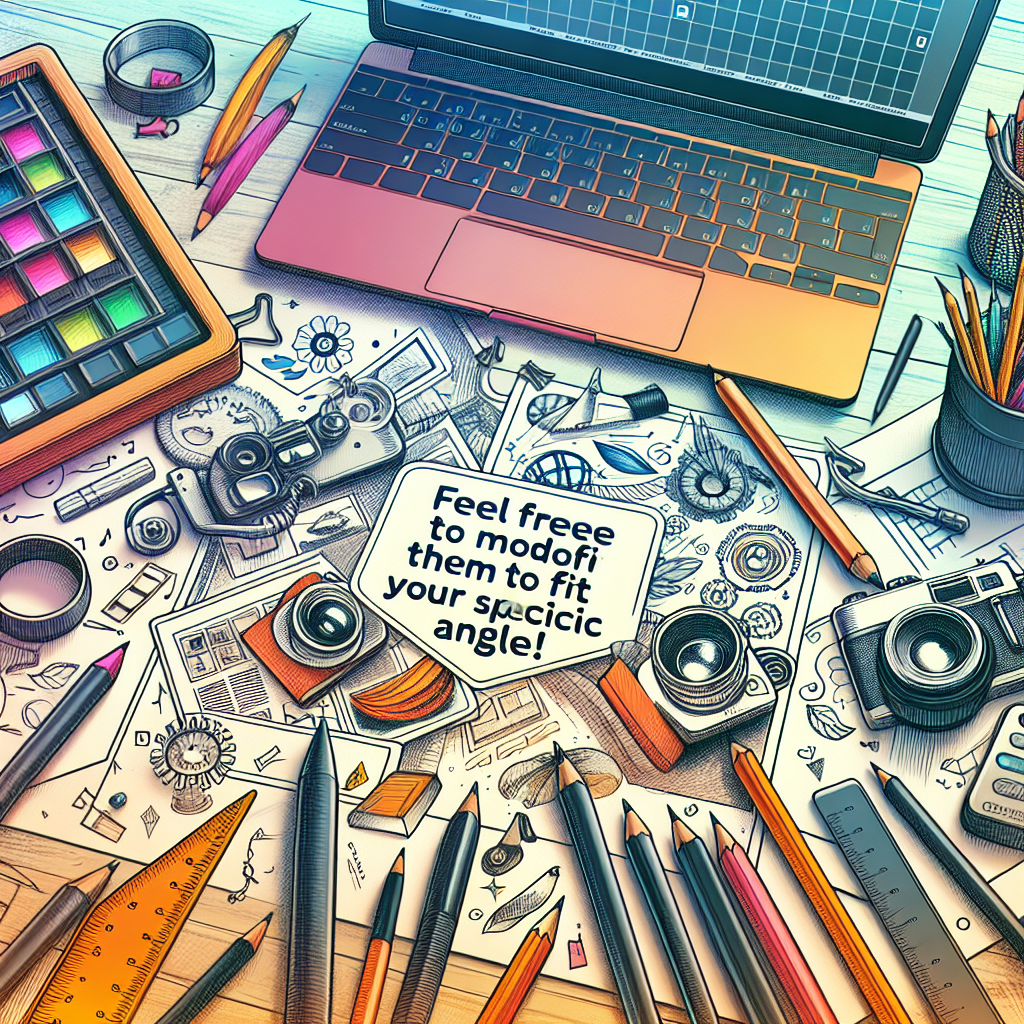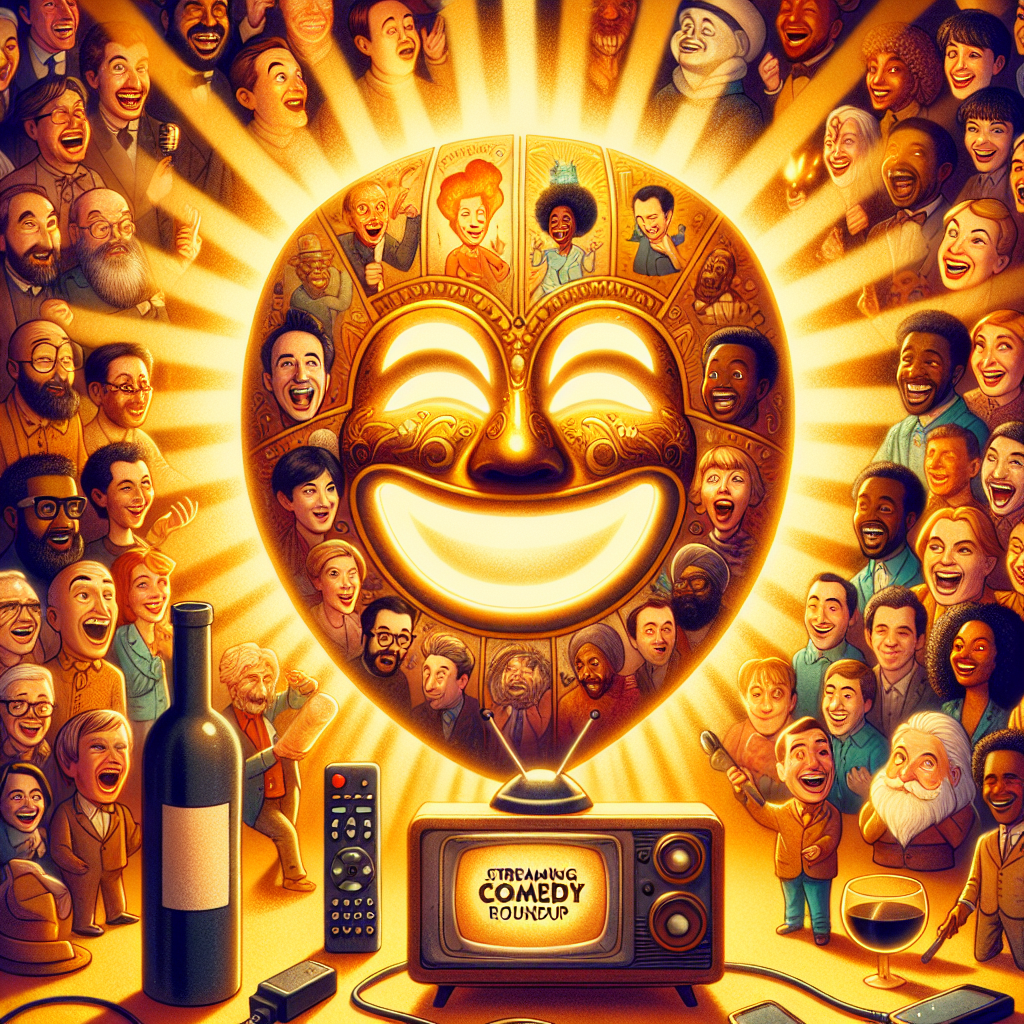From Screen to Screen: The Evolution of Parody Videos in the Digital Age

Table of Contents
- The Birth of Parody Videos
- Early Days of Video Parody
- The Rise of User-Generated Content
- The Role of Social Media in Parody Video Evolution
- Viral Trends and Meme Culture
- Influencers and the Monetization of Parody
- The Mechanics of Creating Parody Videos
- Scriptwriting and Concept Development
- Filming Techniques and Editing
- Distribution and Promotion Strategies
- Parody Videos in Marketing and Branding
- Case Studies of Successful Parody Marketing Campaigns
- The Balance of Humor and Professionalism
- Social Commentary Through Parody
- Parody as a Reflection of Society
- The Ethical Implications of Parody
- The Future of Parody Videos
- Technological Advancements and Their Impacts
- The Importance of Adaptability
- Conclusion
- External Links
- Internal Links
In the rapidly changing landscape of digital media, parody videos have emerged as a significant cultural phenomenon. From early simple video remixes to the sophisticated productions we encounter today, the evolution of parody videos reflects broader trends in technology, humor, and audience engagement. This article explores the history, significance, and future of parody videos in the digital age, emphasizing their role in entertainment, marketing, and social commentary.
The Birth of Parody Videos
Early Days of Video Parody
Parody videos can trace their roots back to the early days of film and television. Comedians and entertainers have long used imitation and satire to critique and entertain. However, with the advent of the internet, a new platform emerged for parody creators: the world of digital video.
The Rise of User-Generated Content
YouTube’s launch in 2005 revolutionized the way people shared and consumed video content. It democratized content creation, allowing anyone with a camera and internet access to create and upload videos. This era marked the first wave of user-generated parody videos. Content creators like Weird Al Yankovic, known for his musical parodies, adapted to this new medium, inspiring countless fans to create their versions.
The Role of Social Media in Parody Video Evolution
Viral Trends and Meme Culture
Social media platforms, such as Facebook, Twitter, and Instagram, played a crucial role in propelling parody videos to new heights. Memes became a way to instantly communicate humor, and parody videos capitalized on this trend. Short clips could be shared rapidly, leading to the emergence of viral sensations like the "Harlem Shake" and "Gangnam Style."
Influencers and the Monetization of Parody
As the landscape evolved, so did the financial aspects of parody creation. Influencers began to partner with brands, using parody as a vehicle for marketing. The balance between artistry and commerce changed, leading to a surge in high-quality parody productions tailored for specific audiences.
The Mechanics of Creating Parody Videos
Scriptwriting and Concept Development
Successful parody videos often begin with a strong concept. Creators analyze popular cultural references, identifying what elements can be exaggerated or inverted for comedic effect. This process often involves extensive scriptwriting, aiming to maintain the essence of the original while infusing it with humor.
Filming Techniques and Editing
In the digital age, the tools for filming and editing have become increasingly accessible. Parodists now leverage professional-grade software and equipment, creating videos that rival traditional media productions. Techniques like green screen effects, sound editing, and animation contribute to the overall polish of these parodies.
Distribution and Promotion Strategies
Effective distribution is crucial for a parody’s success. Content creators often employ strategic social media marketing, engaging with audiences through platforms like TikTok and YouTube to maximize reach. Understanding algorithms and trending topics can significantly enhance a parody video’s visibility.
Parody Videos in Marketing and Branding
Case Studies of Successful Parody Marketing Campaigns
Brands have recognized the power of parody videos as a marketing strategy. Companies like Old Spice and Dollar Shave Club have utilized humor and parody to connect with audiences. By mimicking cultural tropes and trends, these brands have effectively drawn attention to their products.
The Balance of Humor and Professionalism
While parody can be an effective marketing tool, it requires a careful balance. Brands must ensure that their humor aligns with their corporate identity and values. A misstep could result in backlash or alienation of their customer base.
Social Commentary Through Parody
Parody as a Reflection of Society
Parody videos often serve as a lens through which we can examine societal issues, from politics to cultural norms. Creators use satire to challenge viewers’ perceptions, sparking dialogue on critical matters. The "Saturday Night Live" sketches often provide poignant reflections on the political climate, showcasing how parody can hold power to account.
The Ethical Implications of Parody
While the intent behind parody is generally lighthearted, it can sometimes tread into controversial territory. The ethical implications of parody involve considerations of respect for the original work and the potential impact of the humor. Navigating these nuances is essential for creators seeking to maintain credibility and audience trust.
The Future of Parody Videos
Technological Advancements and Their Impacts
As technology continues to evolve, so will the landscape of parody videos. Innovations in artificial intelligence, virtual reality, and interactive media are set to redefine how parody content is produced and consumed. Expect to see increasingly immersive and personalized experiences in the realm of parody.
The Importance of Adaptability
The fluid nature of digital media means that parody creators must remain adaptable. Keeping up with shifting trends and audience preferences is critical for maintaining relevance. As platforms evolve, so too must the strategies creators employ to engage their audiences effectively.
Conclusion
The evolution of parody videos from simple imitations to sophisticated commentaries reflects the broader changes in digital culture. These videos serve as both entertainment and critical commentary, shaping how we understand media and society. As technology and audience dynamics continue to evolve, parody videos will undoubtedly remain a vital and engaging part of our digital landscape.
External Links
- Digital Marketing Institute – The Power of Humor in Advertising
- YouTube Creators’ Guide – How to Build Your Audience
Internal Links
- Learn more about the impact of social media marketing on modern businesses.
- Discover tips on creating engaging video content that resonates with your audience.
By delving into the history and future of parody videos, we can better understand their significance in today’s digital landscape. As they continue to evolve, parody videos will remain an engaging means of communication, entertainment, and commentary in our interconnected world.
Latest Posts
You Might Also Like

Lorem ipsum dolor sit amet, consectetur adipiscing elit. Ut elit tellus, luctus nec ullamcorper mattis, pulvinar dapibus leo.
TOP NEWS
Copyright © 2025 FunnyShowStreaming.site | All rights reserved.



















Comments are off for this post.